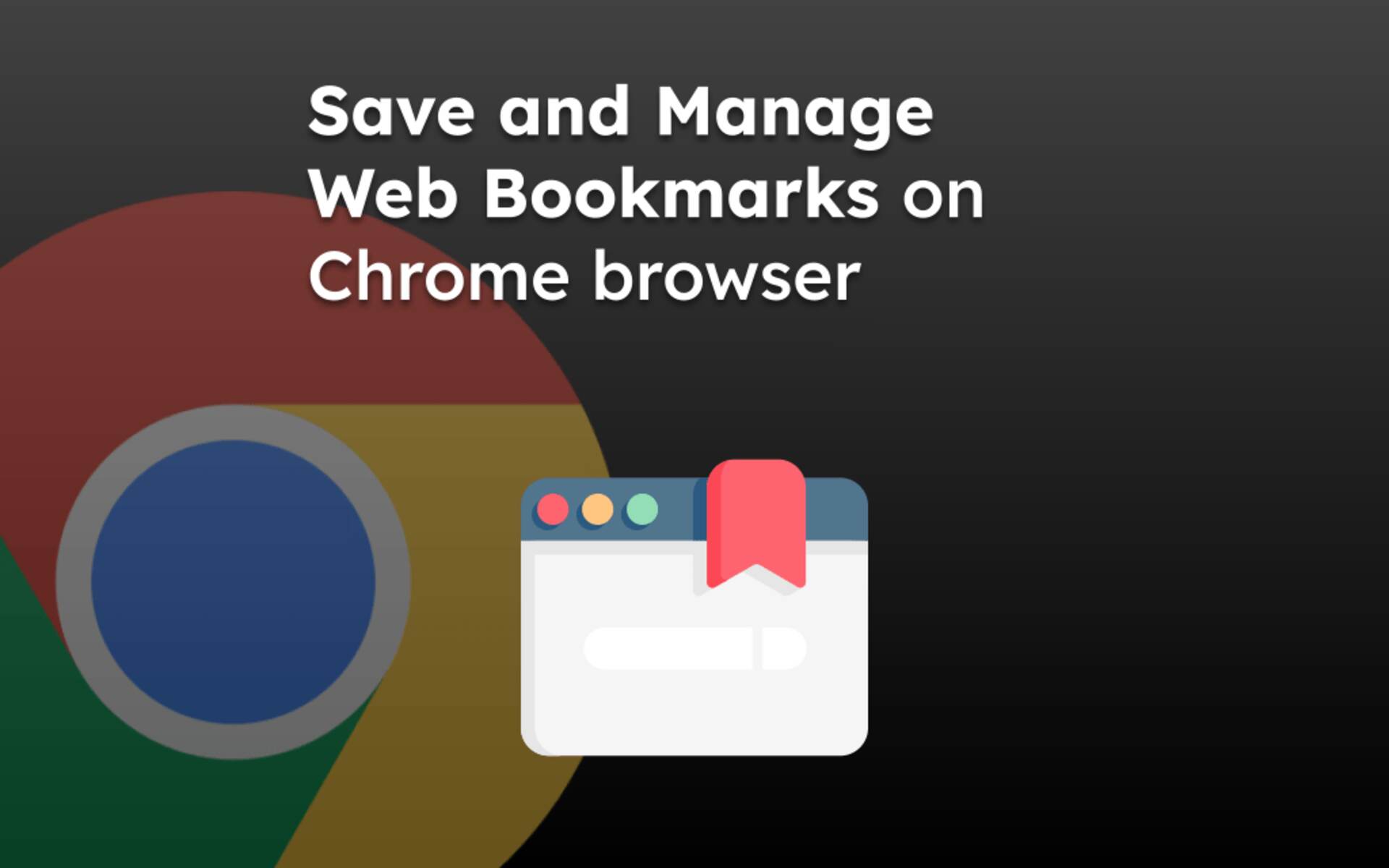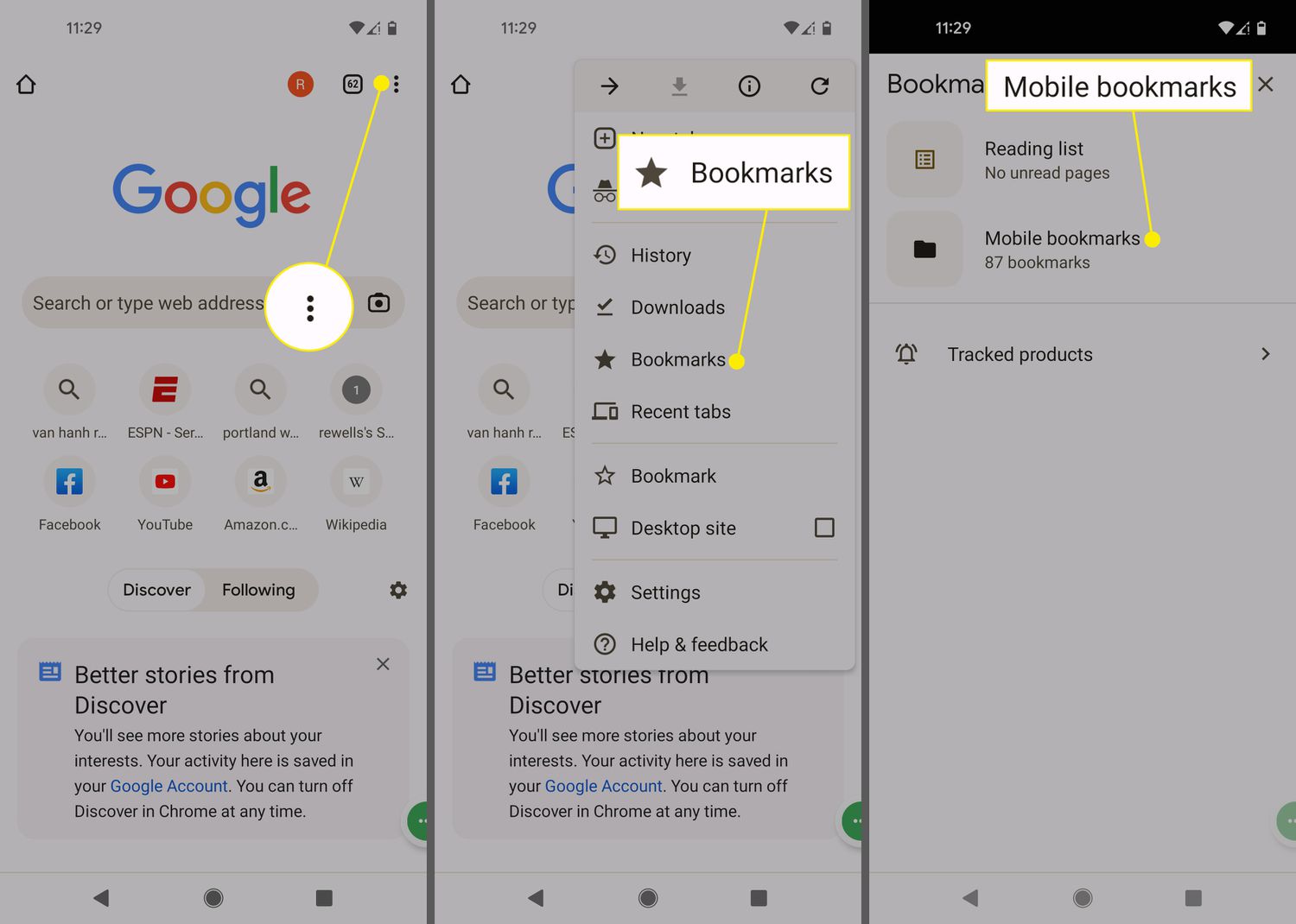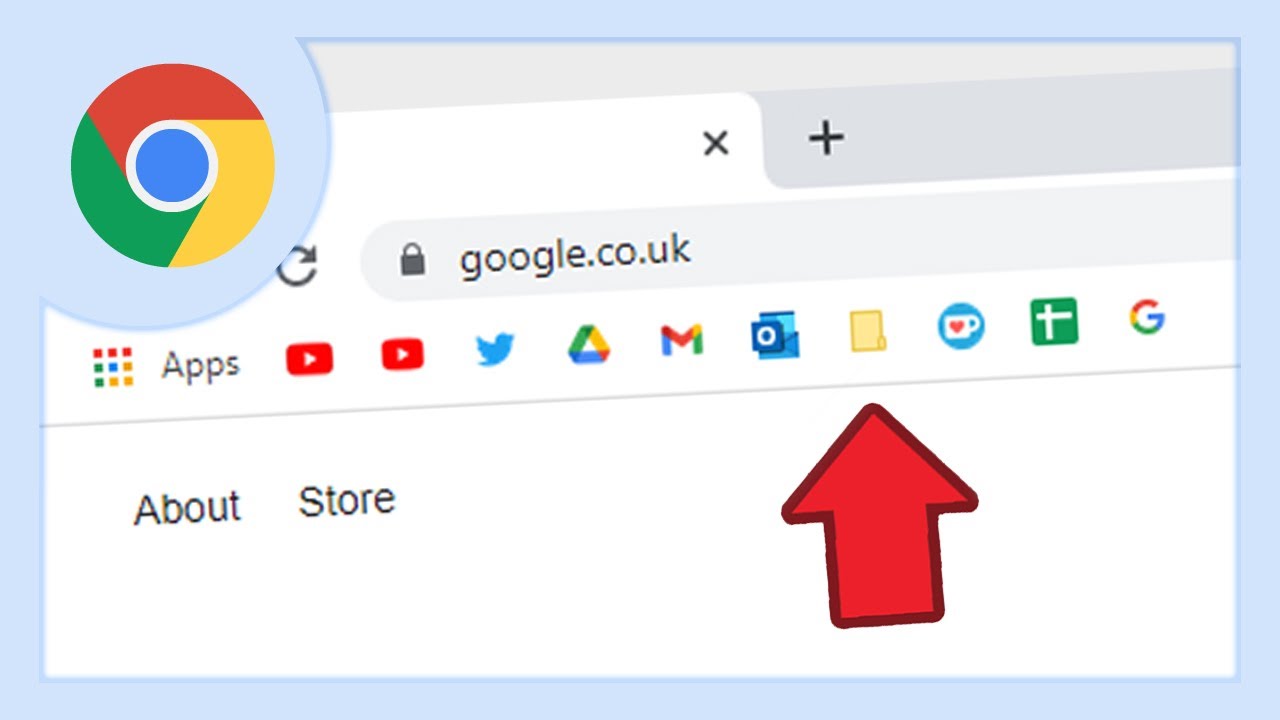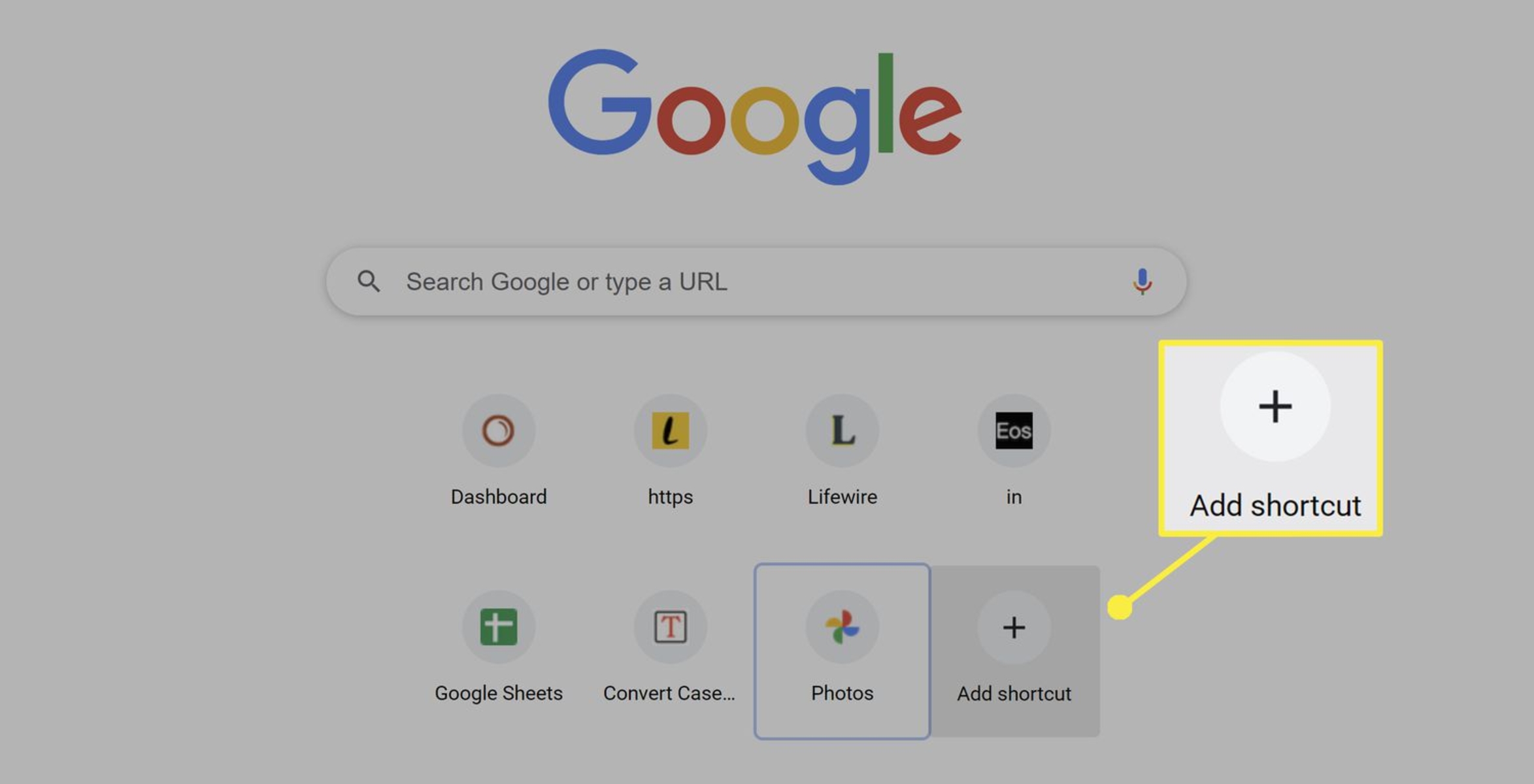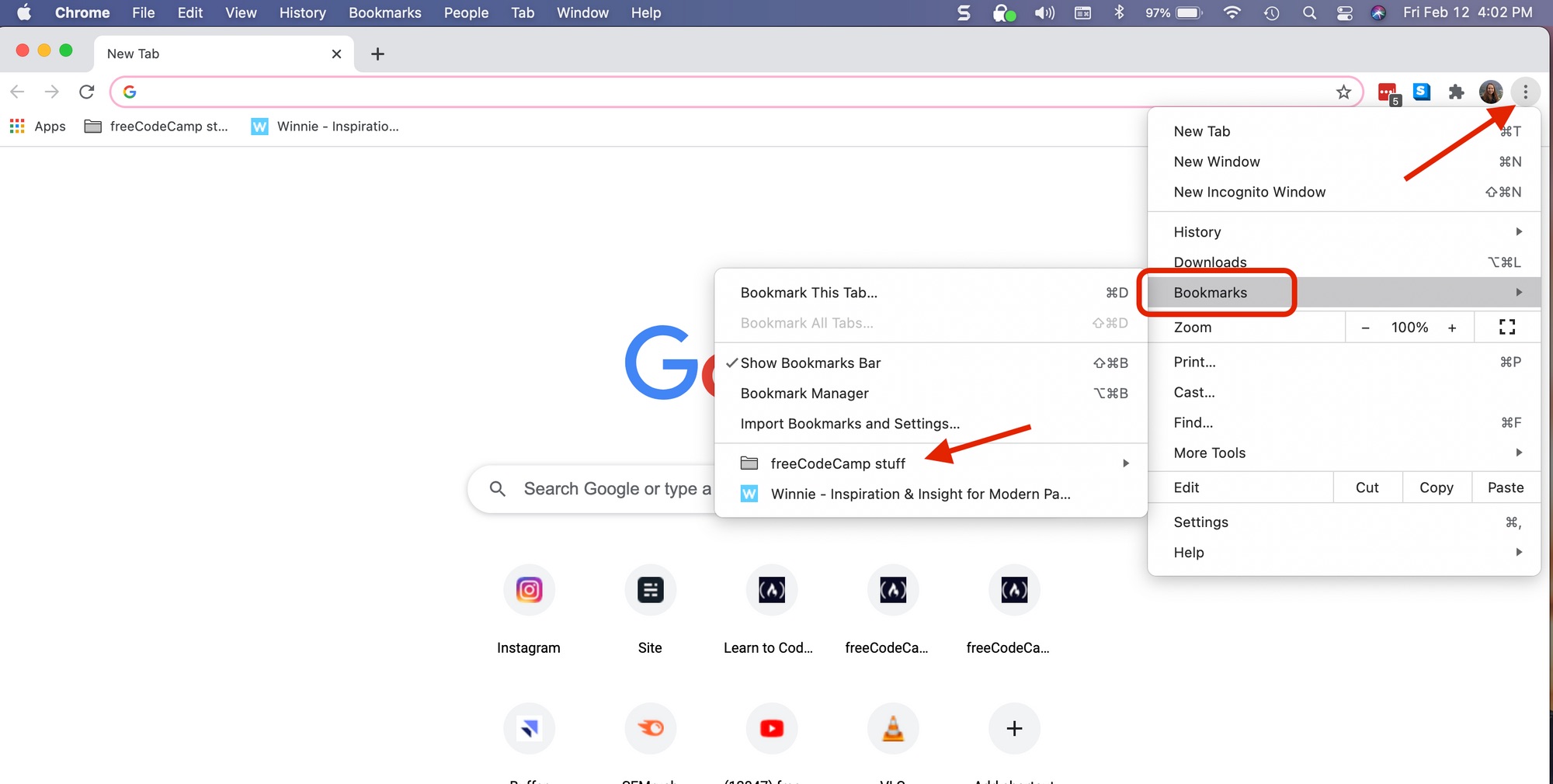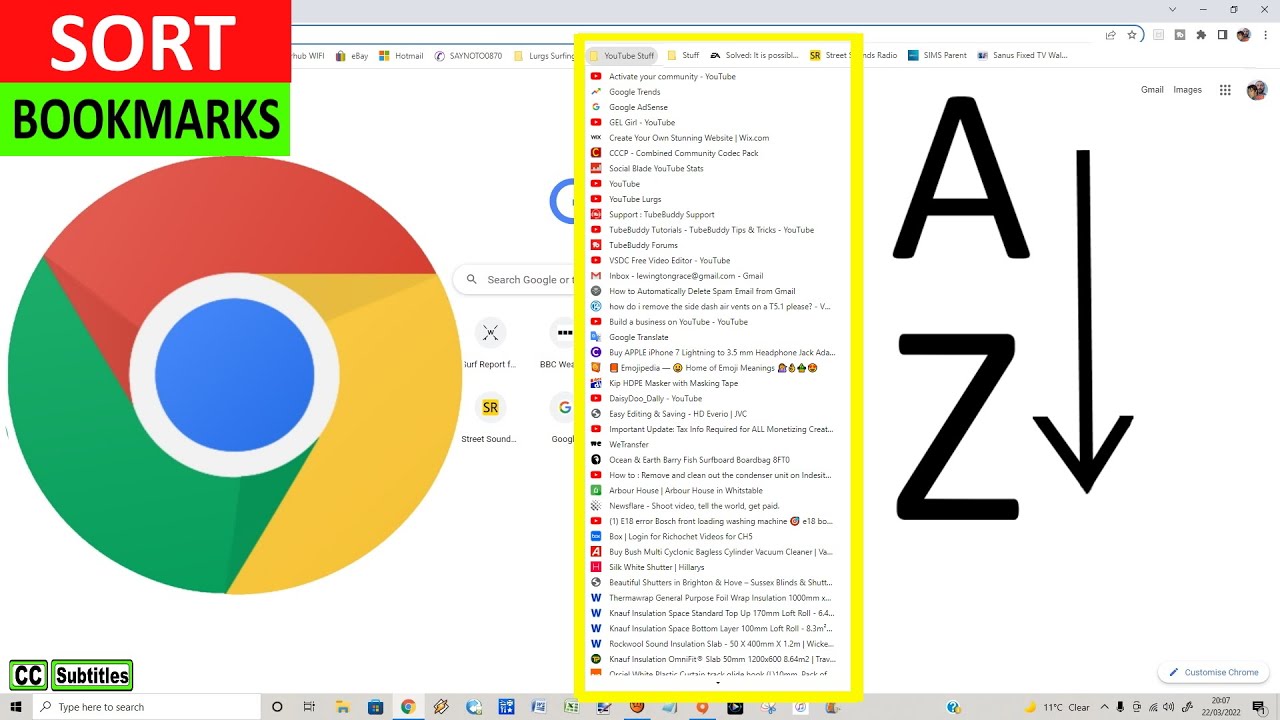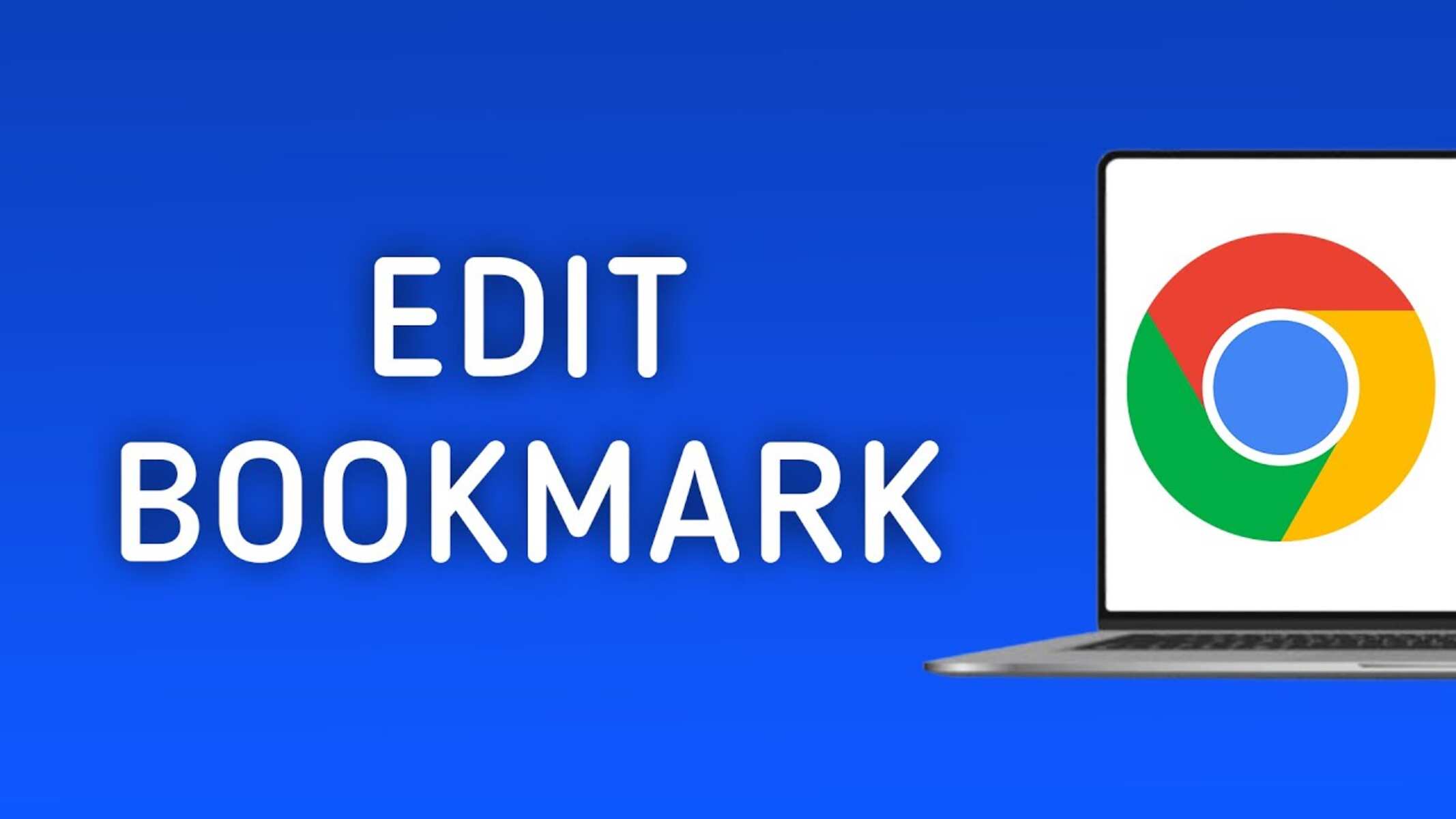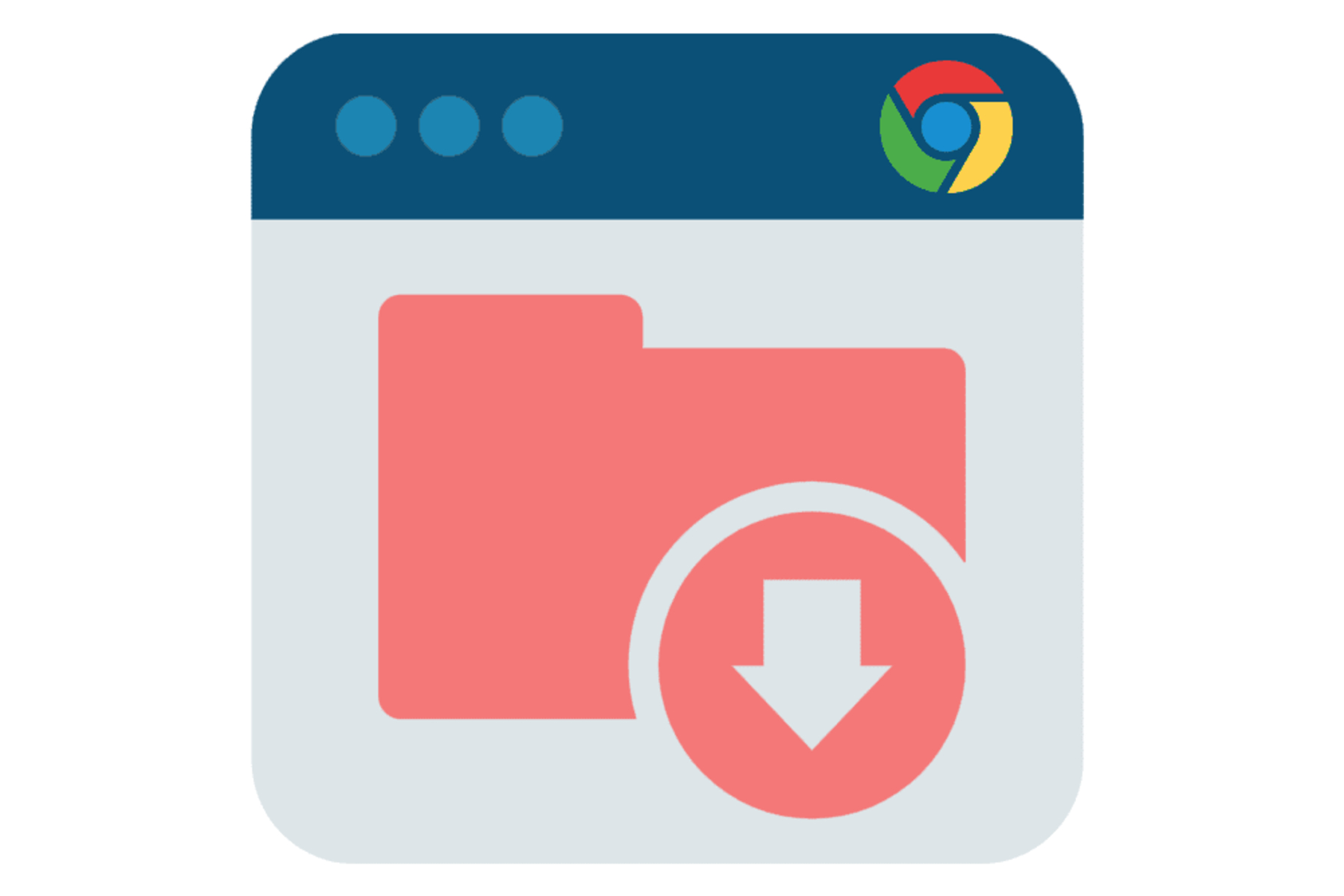Introduction
Bookmarking a page in Chrome is a simple yet powerful feature that allows you to save and organize your favorite websites for easy access. Whether it's a recipe you want to revisit, an article you'd like to read later, or a website you frequently visit, Chrome's bookmarking functionality makes it effortless to keep track of your online discoveries.
By bookmarking a page, you create a shortcut to revisit it without having to remember the URL or go through the hassle of searching for it again. This not only saves time but also helps you maintain a clutter-free browsing experience by neatly organizing your go-to web destinations.
In this guide, we'll walk through the step-by-step process of bookmarking a page in Chrome, ensuring that you can effortlessly save and access your favorite online content. Whether you're a seasoned Chrome user or just getting started with this popular web browser, mastering the art of bookmarking will undoubtedly enhance your browsing efficiency and overall online experience.
So, let's dive into the world of Chrome bookmarks and discover how you can easily save and manage your favorite web pages with just a few clicks. Whether it's a helpful tutorial, an inspiring blog post, or a must-visit website, bookmarking in Chrome empowers you to curate your own personalized collection of online resources, tailored to your interests and preferences.
Step 1: Open the Page You Want to Bookmark
The first step in bookmarking a page in Chrome is to navigate to the website or webpage that you want to save for future access. Whether it's an informative article, a captivating blog post, a useful recipe, or a website you frequently visit, simply open the page in your Chrome browser to initiate the bookmarking process.
To do this, launch your Chrome browser by clicking on the Chrome icon on your desktop or by searching for Chrome in your computer's applications. Once the browser is open, you can either enter the URL of the website directly into the address bar or conduct a search using a search engine to find the specific page you want to bookmark.
If you have the URL of the page you want to bookmark, simply type or paste it into the address bar at the top of the Chrome browser window and press Enter. This will take you directly to the webpage you wish to save.
Alternatively, if you don't have the URL but know the name of the website or page, you can utilize the search functionality built into Chrome. By entering keywords related to the content you're looking for into the address bar and pressing Enter, Chrome will display a list of search results. From there, you can click on the relevant search result to open the page you want to bookmark.
In addition, if you have previously bookmarked the page and want to revisit it, you can access your bookmarks by clicking on the three-dot menu icon in the top-right corner of the Chrome window and selecting "Bookmarks" from the dropdown menu. This will open a submenu where you can click on "Bookmark manager" to view all your saved bookmarks and easily navigate to the desired page.
Once you have the webpage open in your Chrome browser, you're ready to proceed to the next step and initiate the bookmarking process by clicking on the star icon in the address bar.
Step 2: Click on the Star Icon
After opening the webpage you want to bookmark, the next step is to click on the star icon located in the address bar at the top of the Chrome browser window. This star icon serves as the gateway to saving the current page as a bookmark, allowing you to easily revisit it in the future without having to search for the URL again.
When you click on the star icon, it will prompt a small window to appear, confirming that the page has been bookmarked. This window provides you with the option to customize the name and location of the bookmark, ensuring that you can easily identify and organize it within your bookmark collection.
By default, Chrome assigns a suggested name to the bookmark based on the webpage's title. However, you have the flexibility to edit this name to better suit your preferences. This can be particularly useful if the webpage has a lengthy or generic title, as customizing the name allows you to create a more descriptive and recognizable bookmark label.
In addition to customizing the name, you can also select the folder in which you want to save the bookmark. Chrome offers the option to choose from existing bookmark folders or create a new folder directly from the bookmarking window. This feature enables you to categorize your bookmarks into specific folders, making it easier to navigate and manage your collection based on different themes, interests, or purposes.
Furthermore, the bookmarking window allows you to add the bookmark to the bookmarks bar, which is a convenient location for quick access to your most frequently visited pages. By selecting this option, the bookmark will be added to the bookmarks bar directly beneath the address bar, providing you with one-click access to the saved webpage whenever you open Chrome.
Once you have customized the name and chosen the desired folder or bookmarks bar location, you can simply click the "Done" button within the bookmarking window to complete the process. Your selected webpage is now successfully bookmarked and readily accessible for future visits, ensuring that you can effortlessly revisit your favorite online content with just a single click.
By clicking on the star icon and utilizing the customizable bookmarking options provided by Chrome, you can effectively curate and organize your online discoveries, creating a personalized collection of bookmarks tailored to your interests and preferences. This seamless bookmarking process empowers you to take control of your browsing experience, ensuring that your go-to web destinations are just a click away whenever you need them.
Step 3: Edit the Bookmark (Optional)
After bookmarking a page in Chrome, you have the option to edit the bookmark to further customize and refine its details. This optional step allows you to tailor the bookmark to better suit your preferences and organizational needs, ensuring that your collection of saved webpages is neatly organized and easily accessible.
To edit a bookmark in Chrome, follow these simple steps:
-
Accessing the Bookmark Manager: To begin editing a bookmark, you can access the Bookmark Manager by clicking on the three-dot menu icon in the top-right corner of the Chrome window and selecting "Bookmarks" from the dropdown menu. From the submenu, click on "Bookmark manager" to open the Bookmark Manager interface, where you can view and manage all your saved bookmarks.
-
Locating the Bookmark: Once in the Bookmark Manager, you can navigate through your bookmark folders to locate the specific bookmark you want to edit. You can organize your bookmarks into folders based on different categories or themes, making it easier to find and manage them efficiently.
-
Editing Bookmark Details: Upon locating the desired bookmark, right-click on it to reveal a menu of options. From this menu, select "Edit" to open the bookmark editing interface. Here, you can modify the name of the bookmark to make it more descriptive and recognizable. This is particularly useful if the original webpage title is generic or if you want to add additional context to the bookmark label.
-
Adjusting the Bookmark Folder: Additionally, you can change the folder in which the bookmark is stored. If you initially saved the bookmark to a specific folder but later decide that it belongs in a different category, you can easily move it to a new folder directly from the editing interface. This flexibility allows you to reorganize your bookmarks as your collection grows and evolves.
-
Deleting or Adding Notes: Chrome also provides the option to add notes to your bookmarks, allowing you to include additional information or context related to the saved webpage. Furthermore, if you no longer need a particular bookmark, you can delete it directly from the editing interface, ensuring that your bookmark collection remains streamlined and relevant to your browsing habits.
By taking advantage of the optional bookmark editing features in Chrome, you can refine and personalize your collection of saved webpages, ensuring that your bookmarks are tailored to your specific interests and preferences. Whether it's adjusting the name, relocating the bookmark to a different folder, or adding supplementary notes, the ability to edit bookmarks empowers you to maintain a well-organized and easily accessible repository of your favorite online content.
Step 4: Access Your Bookmarks
Accessing your bookmarks in Chrome is a straightforward process that allows you to conveniently revisit your saved webpages and manage your bookmark collection. Whether you want to explore your favorite websites, organize your bookmarks into folders, or edit the details of a specific bookmark, Chrome provides intuitive methods for accessing and navigating your bookmarked content.
To access your bookmarks in Chrome, you can follow these simple steps:
-
Using the Bookmarks Bar: If you've added bookmarks to the bookmarks bar, you can access them directly from the bar located beneath the address bar in the Chrome window. The bookmarks bar serves as a quick-access toolbar for your most frequently visited webpages, allowing you to simply click on a bookmark to open the associated webpage.
-
Utilizing the Bookmark Manager: Chrome offers a dedicated Bookmark Manager that provides a comprehensive overview of all your saved bookmarks. To access the Bookmark Manager, click on the three-dot menu icon in the top-right corner of the Chrome window and select "Bookmarks" from the dropdown menu. From the submenu, click on "Bookmark manager" to open the Bookmark Manager interface.
-
Navigating Through Bookmark Folders: Within the Bookmark Manager, you can navigate through your bookmark folders to locate specific bookmarks. Chrome allows you to organize your bookmarks into folders based on different categories or themes, making it easier to find and manage them efficiently. By clicking on a folder, you can view the bookmarks it contains and access the associated webpages.
-
Searching for Bookmarks: Chrome provides a search functionality within the Bookmark Manager, enabling you to quickly locate specific bookmarks by entering keywords or phrases related to the content. This feature is particularly useful for users with extensive bookmark collections, allowing for efficient retrieval of specific webpages based on search queries.
-
Accessing Recently Bookmarked Pages: Chrome also includes a "Recently Bookmarked" section within the Bookmark Manager, which displays the webpages you've bookmarked most recently. This section offers a convenient way to access your latest bookmarks without having to navigate through folders or search for specific pages.
By utilizing these methods, you can effortlessly access and manage your bookmarks in Chrome, ensuring that your collection of saved webpages remains organized and easily accessible. Whether you prefer to access bookmarks from the bookmarks bar, navigate through the Bookmark Manager, or utilize the search functionality, Chrome offers a user-friendly experience for exploring and revisiting your favorite online content.









